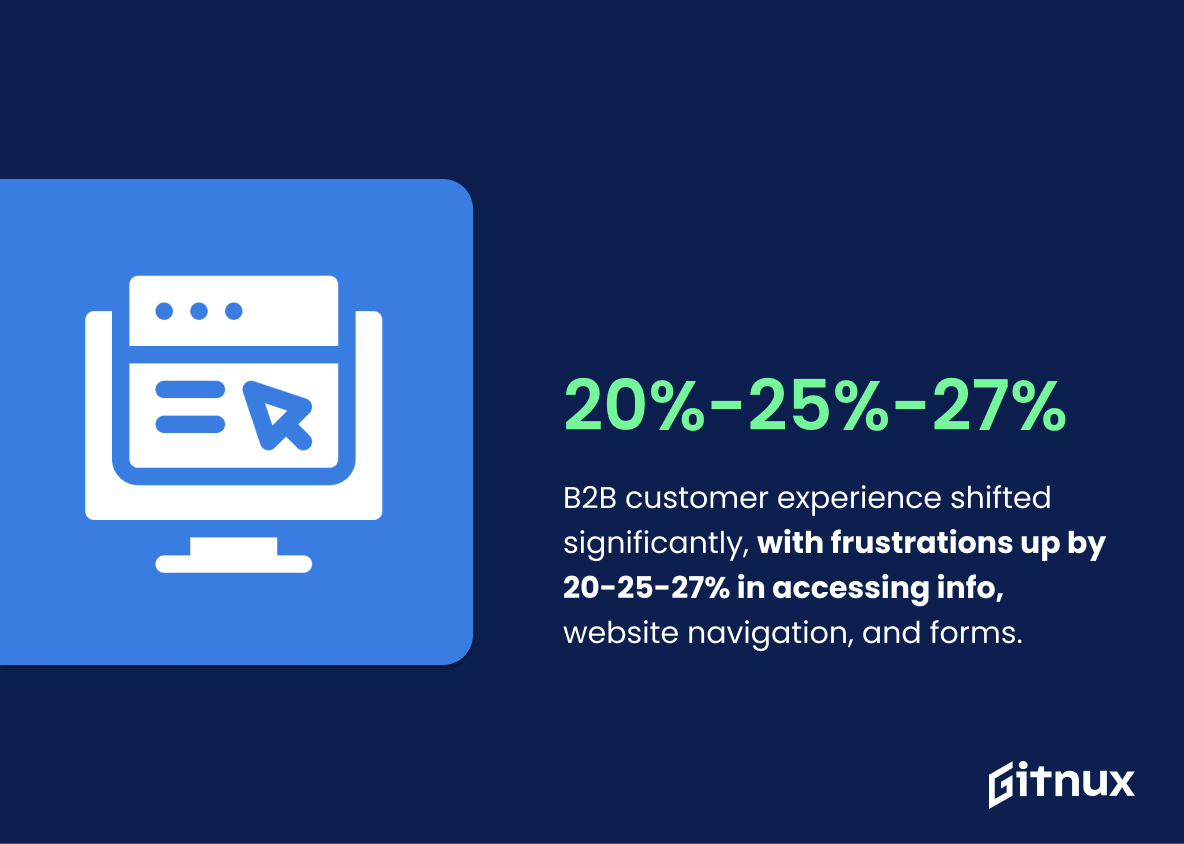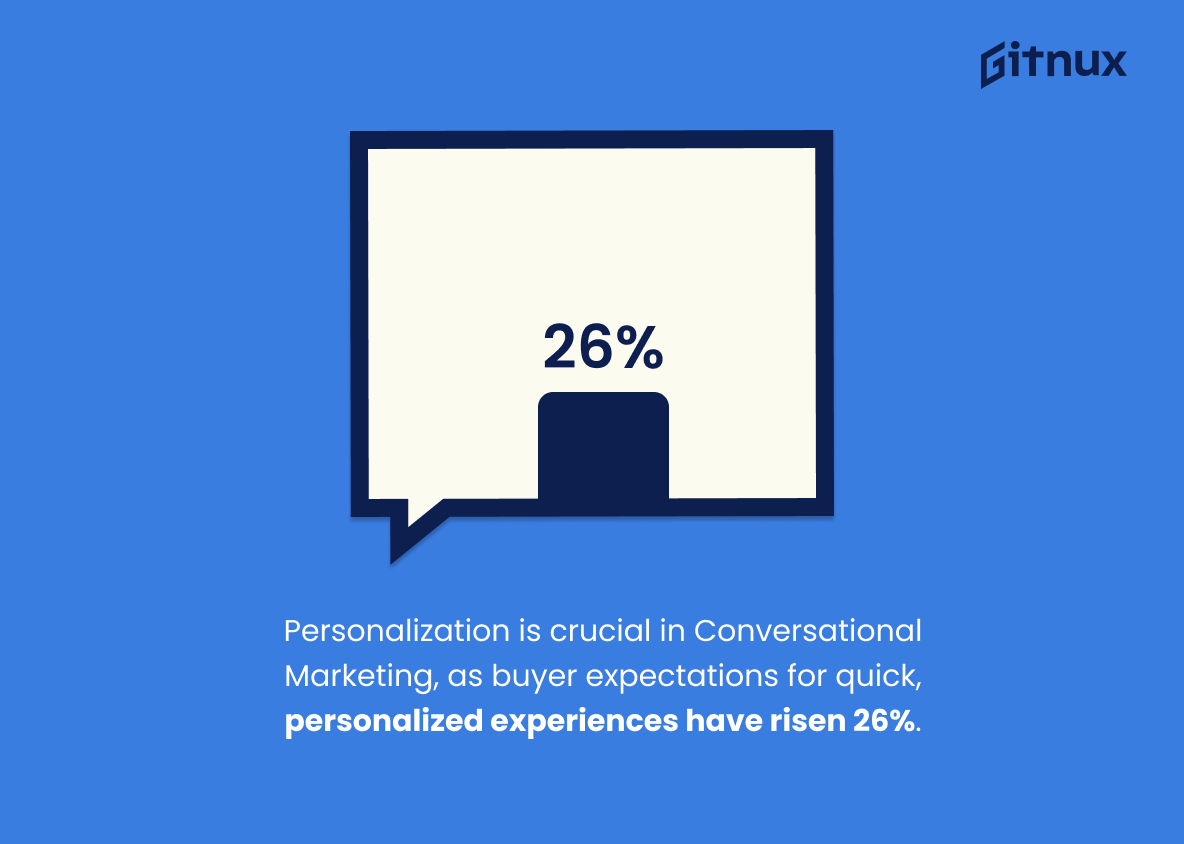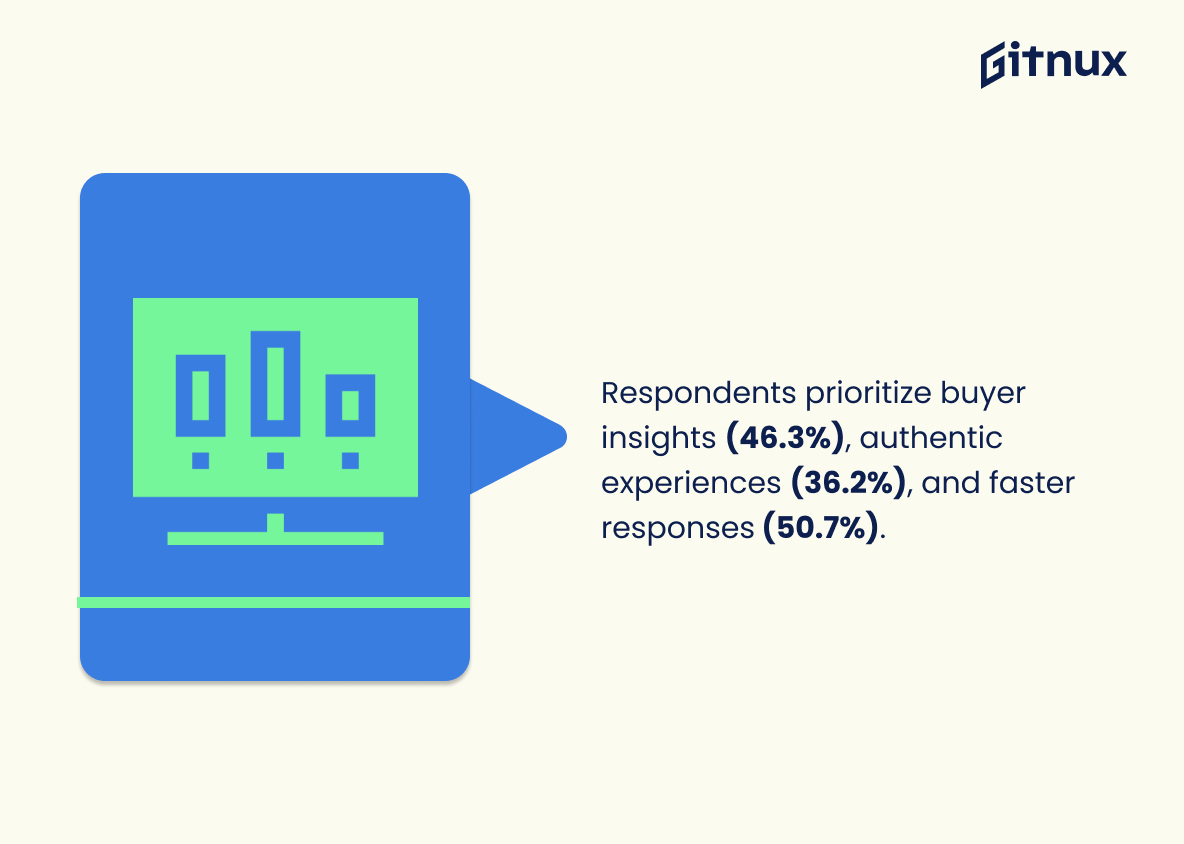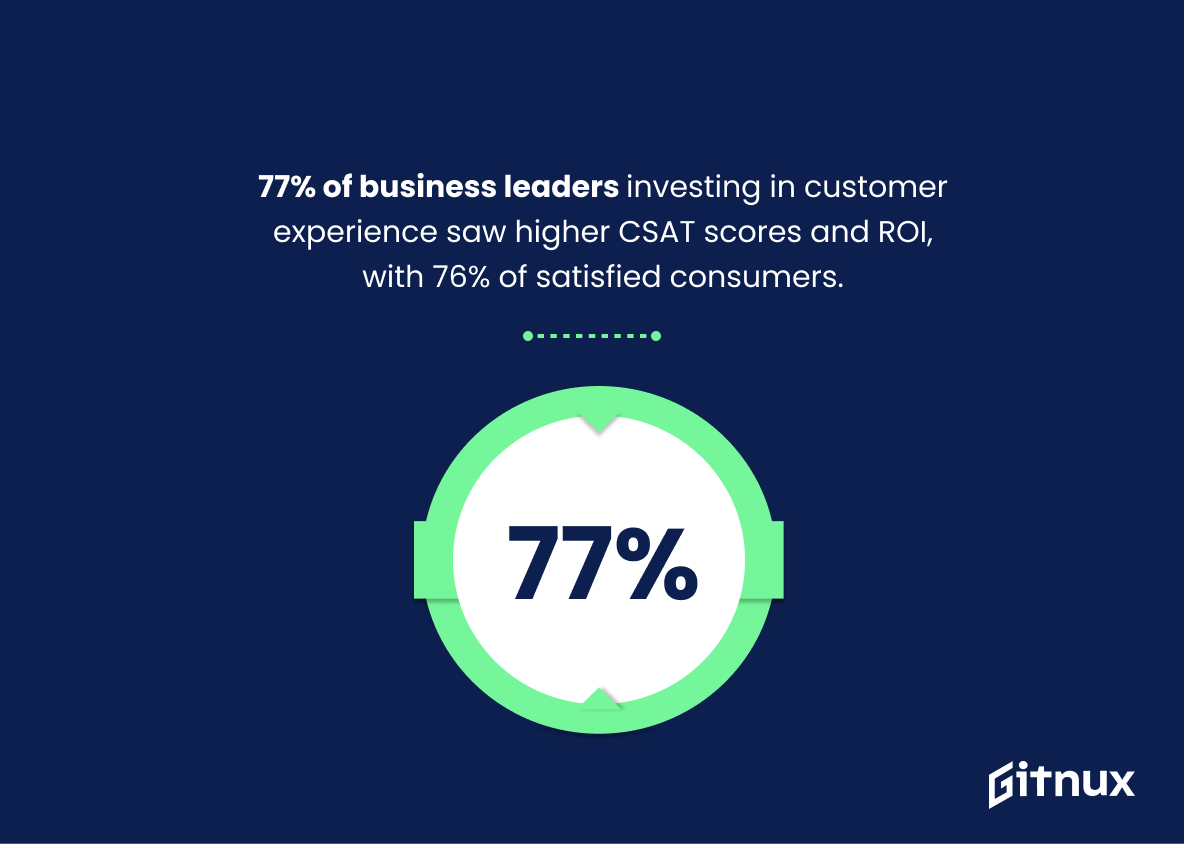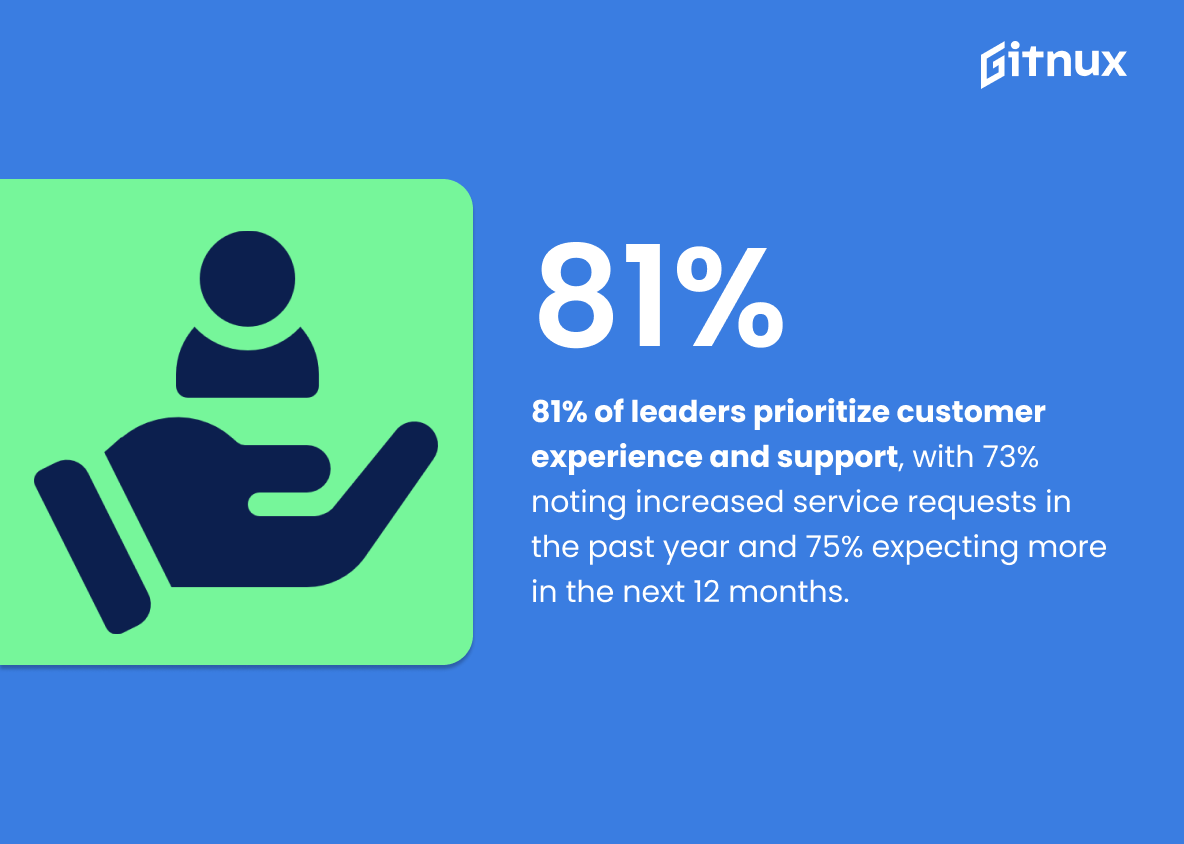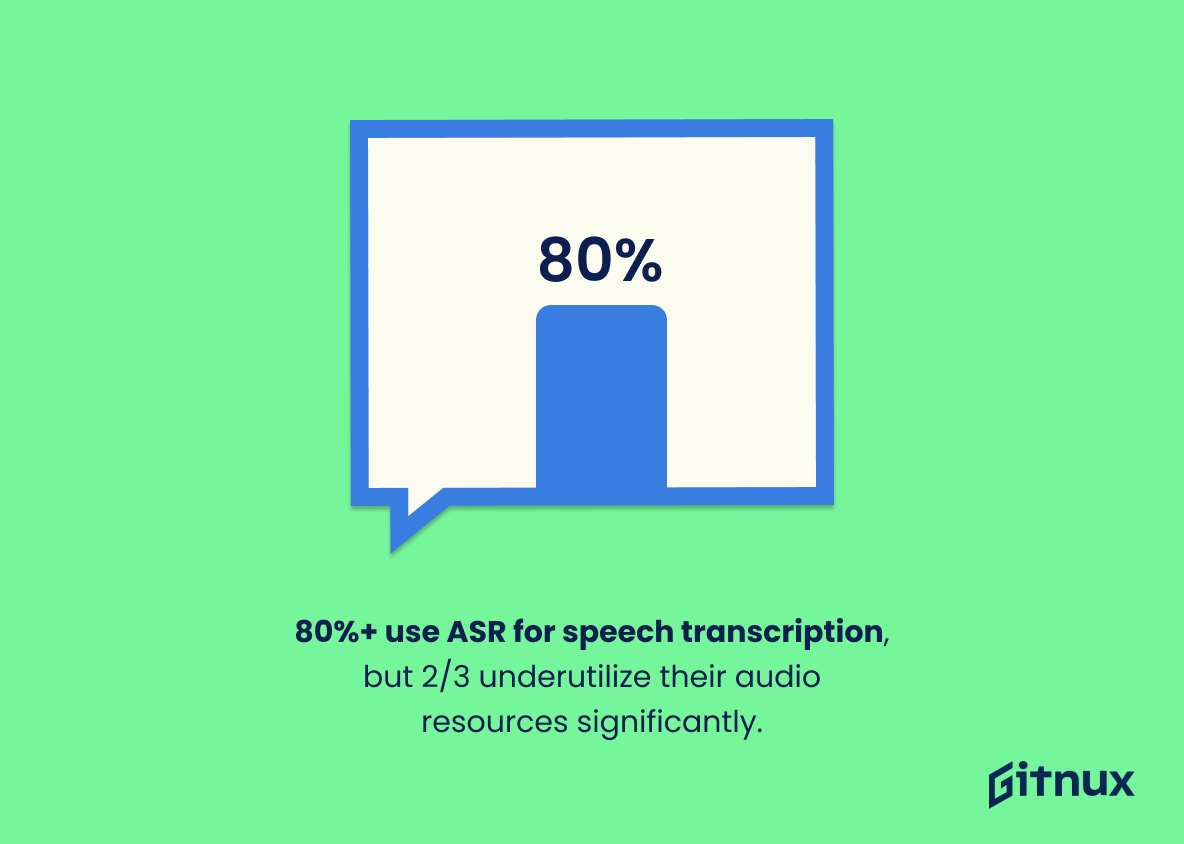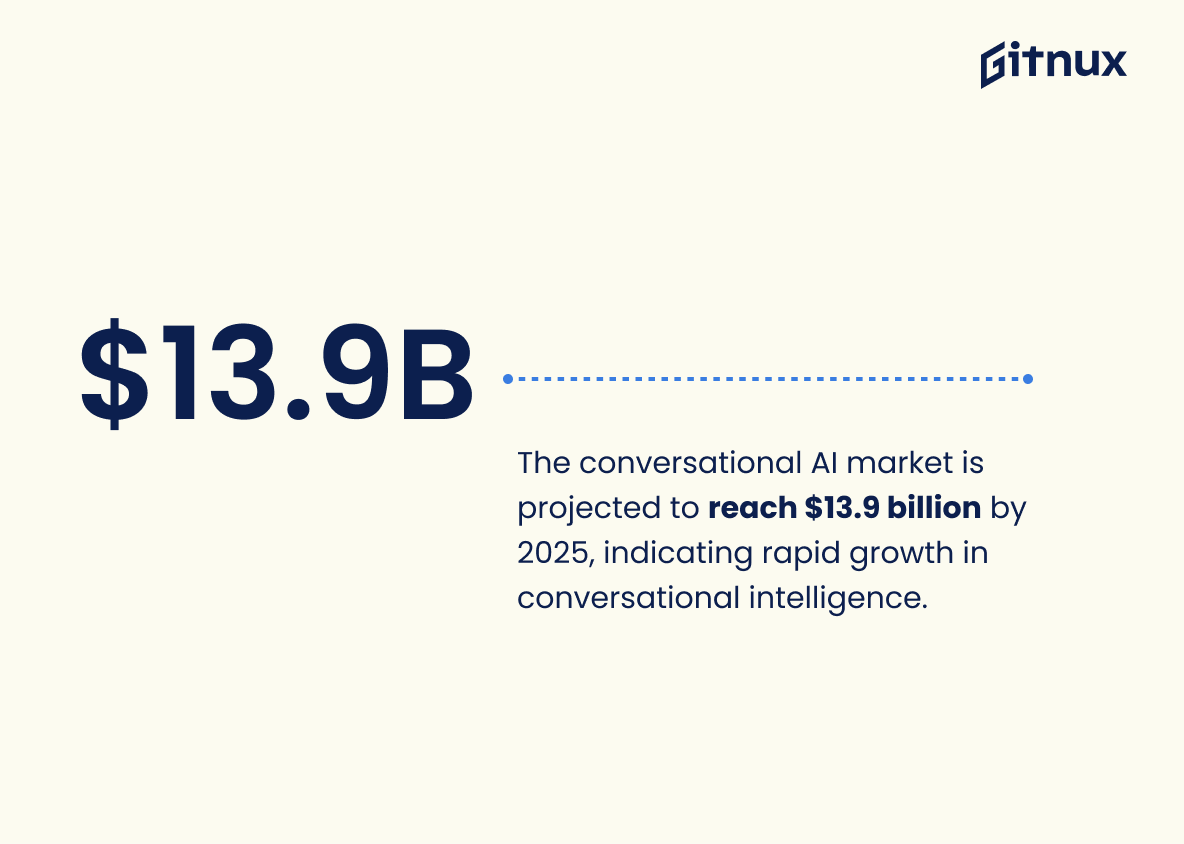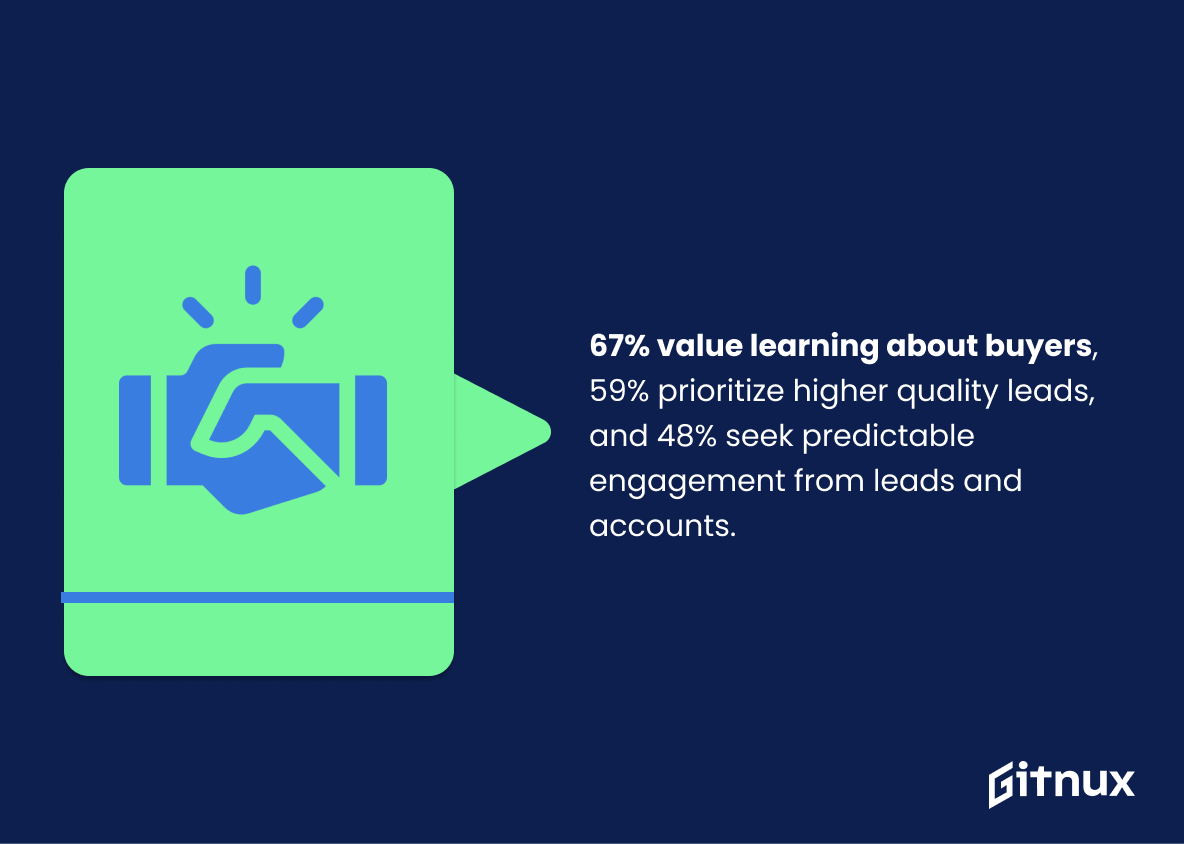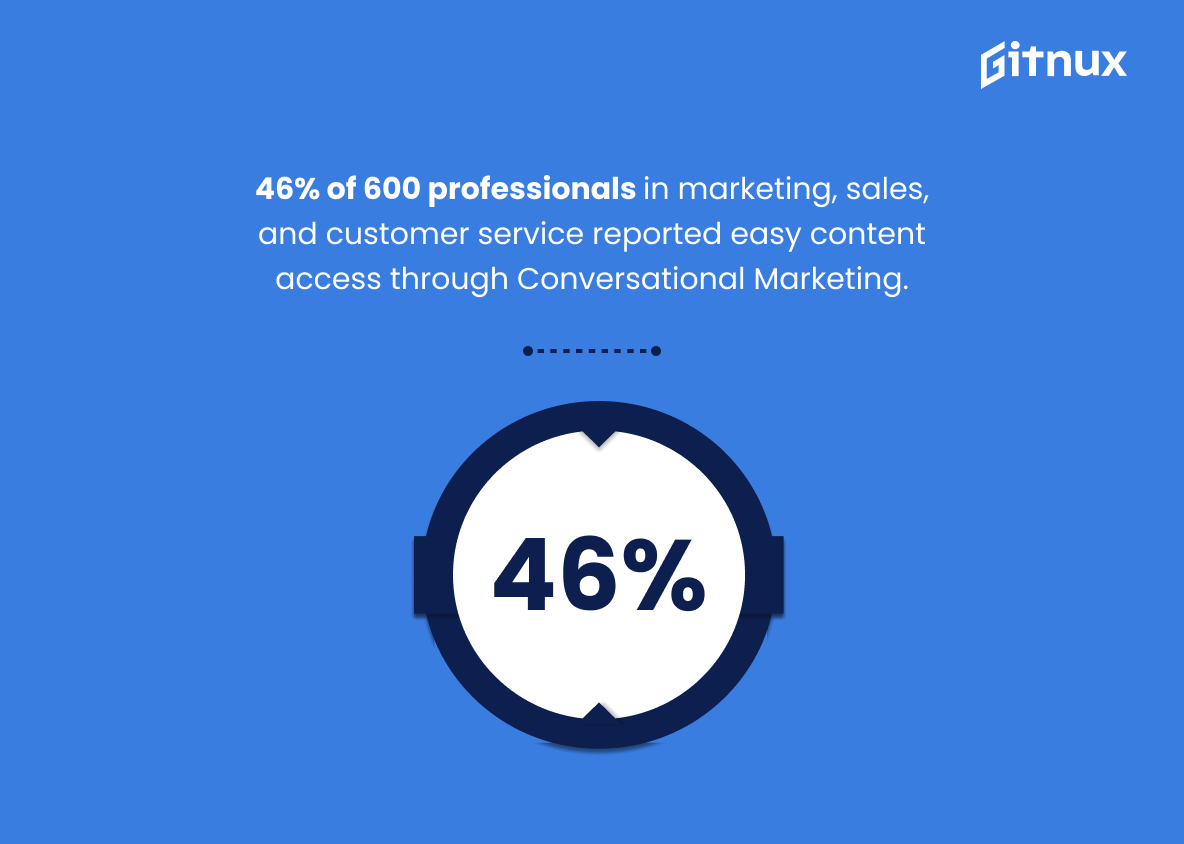Conversational marketing is quickly becoming the go-to strategy for businesses looking to engage with their customers in a more meaningful way. But what does the data say about its effectiveness?
In this blog post, we’ll take a look at some of the most interesting conversational marketing statistics and how they can help you make the most of your efforts. We’ll also explore how you can use these insights to optimize your strategy and maximize your ROI. So, let’s get started.
Conversational Marketing: The Most Important Statistics
This report found that 77% of business leaders who invested in customer experience saw tangible results in the form of higher CSAT scores and ROI, and 76% of consumers expressed satisfaction with the service they received.
46% of 600 professionals across marketing, sales, and customer service reported that their Conversational Marketing solution enabled them to quickly and easily give buyers access to their content.
Conversational Marketing: Statistics Overview
This research shows that B2B customer experience has drastically changed over the past year, with a 20-25-27% increase in frustration with accessing basic business information, website navigation, and old-school forms respectively. This highlights the importance of Conversational Marketing in creating better digital customer experiences and achieving pipeline goals, as it can help businesses engage buyers more effectively and accelerate revenue.
Personalization is a necessity for Conversational Marketing strategies, as buyers’ expectations for quick, personalized experiences have grown by 26%. This statistic is important for understanding the state of Conversational Marketing in B2B, as it shows the need for businesses to use Conversational Marketing to create better digital customer experiences and achieve their pipeline goals. By providing quick, personalized experiences, businesses can engage buyers more effectively and accelerate revenue across the marketing funnel.
72%, 71%, 70%, 66%, and 62% of customers want immediate service, natural conversational experiences, full context, interactions to not interrupt their current action, and experiences to flow naturally between physical and digital spaces, respectively. This statistic matters in the context of Conversational Marketing Statistics because it shows the high expectations customers have for conversational service. It is important for companies to understand these expectations in order to provide the best customer experience possible.
46.3%, 36.2%, and 50.7% of respondents care about learning more about buyers/customers, providing a more human and authentic experience, and providing quicker response times respectively. This data demonstrates the importance of understanding buyers/customers, providing a personalized experience, and responding quickly to customer inquiries in Conversational Marketing, as these are the features that users care about the most.
This report found that 77% of business leaders who invested in customer experience saw tangible results in the form of higher CSAT scores and ROI, and 76% of consumers expressed satisfaction with the service they received. This is important for Conversational Marketing, as it shows that investing in customer experience can lead to tangible results and increased customer satisfaction.
This statistic shows that 81% of leaders see customer experience and support as growing priorities over the next year, with 73% of those leaders having seen measurable increases in customer service requests over the past year and 75% predicting volume increases over the next 12 months. This is important for Conversational Marketing, as it shows that businesses are recognizing the importance of customer experience and support, and are investing more resources into it.
Over 80% of respondents are actively using ASR to transcribe speech data, but 2/3 say they are significantly underutilizing their audio. This matters in the context of Conversational Marketing Statistics because it shows that there is an opportunity to further leverage speech recognition technologies to capture, transcribe and analyze conversations to maximize self-service and support digital transformation goals.
This report found that the conversational AI market is expected to reach $13.9 billion by 2025, indicating rapid growth in the conversational intelligence category. This statistic is important in the context of conversational marketing statistics, as it demonstrates the increasing importance of AI-driven conversational marketing solutions in the marketplace.
67%, 59%, and 48% of professionals find learning about buyers and customers, generating a greater volume of higher quality leads, and greater, more predictable engagement from leads and accounts appealing, respectively. This data is important as it shows that professionals recognize the potential of Conversational Marketing solutions to provide valuable insights into buyers and customers, generate leads, and increase engagement.
46% of 600 professionals across marketing, sales, and customer service reported that their Conversational Marketing solution enabled them to quickly and easily give buyers access to their content. This statistic is important in the context of Conversational Marketing because it shows that a majority of professionals across multiple industries are finding success with this type of marketing. This suggests that Conversational Marketing is an effective way to reach buyers and provide them with content.
Conclusion
Conversational marketing is an effective way to engage with customers, build relationships, and drive conversions. With the right strategies, it can be a powerful tool for businesses of all sizes.
The statistics above show that conversational marketing is a powerful tool for businesses to increase engagement, build relationships, and drive conversions. It’s clear that businesses should invest in conversational marketing to increase their customer engagement and drive conversions.
References
1 – https://www.drift.com/books-reports/conversational-marketing-trends/
2 – https://www.drift.com/books-reports/conversational-marketing-trends/
3 – https://cxtrends.zendesk.com/trends/introduction
4 – https://www.drift.com/books-reports/conversational-marketing-trends/
5 – https://cxtrends.zendesk.com/trends/introduction
6 – https://cxtrends.zendesk.com/trends/introduction
7 – https://opusresearch.net/wordpress/2021/08/05/opus-research-report-2021-conversational-intelligence-intelliview/
8 – https://opusresearch.net/wordpress/2022/12/15/opus-research-report-2022-conversational-intelligence-intelliview/
9 – https://www.drift.com/books-reports/2022-state-of-conversations-report/#2022-state-of-conversations
10 – https://www.drift.com/books-reports/2022-state-of-conversations-report/#2022-state-of-conversations
ZipDo, cited June 2023: Conversational Marketing Statistics
